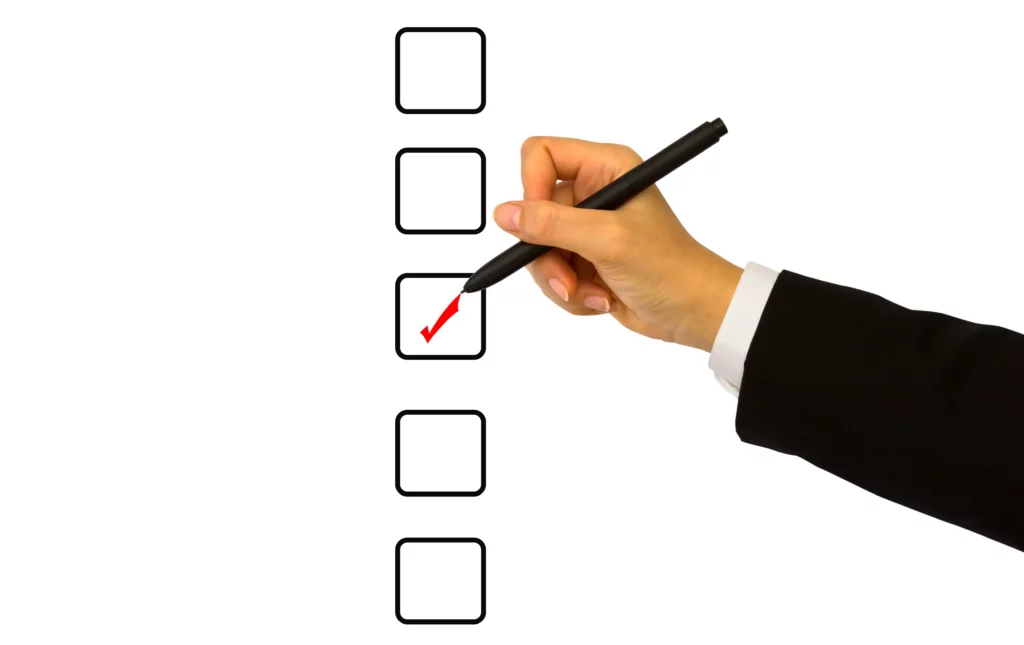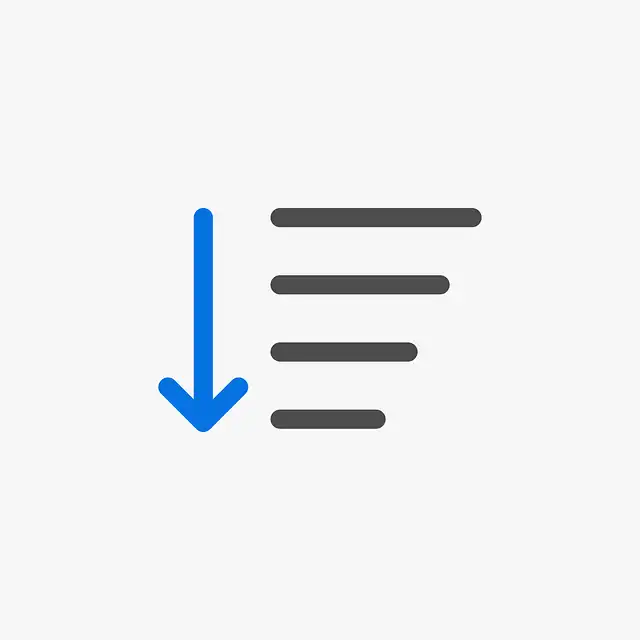Poor translation can derail drug approvals in China. Discover best practices for accurate Chinese pharma translation—covering medical terminology, NMPA regulations, back-translation, and expert review strategies.
Why Is Accuracy Crucial in Pharma Translations?

Pharmaceutical translations must be 100% accurate to comply with global health regulations and prevent misinterpretation of drug instructions. The World Health Organization (WHO) states that translation errors in medical documentation contribute to adverse drug reactions and treatment failures.
According to a 2019 study by the European Medicines Agency (EMA), over 30% of regulatory submission delays are caused by poor translations. Ensuring precision requires expert linguists, stringent review processes, and compliance with ISO 17100 and Good Manufacturing Practices (GMP) standards.
In 2017, a translation error in a medical study caused incorrect dosage instructions for a new diabetes medication in China. This led to an increased risk of hypoglycemia among patients, forcing the National Medical Products Administration (NMPA) to halt distribution until corrections were made. Such incidents highlight why accuracy is non-negotiable.
Read more: How to Verify High-Quality Chinese Translation
What Are the Key Challenges in Chinese Pharma Translation?
Linguistic, Regulatory, and Cultural Challenges: Pharma translations into Chinese involve linguistic, regulatory, and cultural challenges.
Medical Terminology Differences: There are differences in medical terminology between Simplified Chinese (used in Mainland China) and Traditional Chinese (used in Taiwan and Hong Kong), requiring careful localization.
Regulatory Compliance: The State Food and Drug Administration (SFDA) guidelines demand strict consistency in terminology.
Impact of Translation Errors: In 2018, China’s National Medical Products Administration (NMPA) rejected 12% of foreign drug applications due to incorrect translations in clinical trial data.
Linguistic Challenges
- Complex Medical Terms: The Chinese language has multiple interpretations for Western medical terms, leading to ambiguity if not translated correctly.
- Character Limitations: Unlike English, Chinese characters require precise contextual adaptation to avoid misinterpretations.
- Regulatory Terminology: Terms like “Adverse Drug Reaction” (ADR) have strict definitions under Chinese law that differ from Western counterparts.
Regulatory Hurdles
- NMPA’s Stricter Policies: In 2020, the NMPA issued new guidelines demanding that all pharmaceutical documentation aligns with standardized medical Chinese terminology.
- Clinical Trial Compliance: Clinical trial reports must be translated in adherence to ICH E6 Good Clinical Practice (GCP) guidelines to gain approval in China.
- Patient Leaflet Localization: Incorrect translations in Patient Information Leaflets (PILs) can lead to product recalls.
How to Ensure Consistency in Pharma Translations?
Using Translation Memory (TM) tools and glossaries is essential. Leading pharma firms adopt Computer-Assisted Translation (CAT) tools to maintain consistency. A 2022 study by CSA Research found that 70% of global pharma companies rely on TM to streamline translations and avoid errors.
Strategies for Consistency
Develop a Medical Terminology Glossary: Standardized glossaries help translators maintain consistent use of medical terms.
Implement Translation Memory (TM) Tools: TM ensures that previous approved translations are reused for new documents.
Conduct Regular Terminology Audits: Reviewing translations periodically prevents inconsistency across documents
What Are Regulatory Requirements for Chinese Pharma Translations?
The National Medical Products Administration (NMPA) requires translations to align with Chinese Pharmacopoeia and ICH E6 Good Clinical Practice (GCP) guidelines. Submissions must be linguistically and technically accurate or face rejection.
NMPA Compliance Checklist

Translation Accuracy: Must match the original meaning without alterations.
Standardized Medical Terms: Use of SFDA-approved terminology is mandatory.
Regulatory Formatting: Documents must be formatted according to NMPA’s submission standards.
Back Translation & Review: All critical documents must undergo a back-translation process to verify accuracy.
Case Example: Clinical Trials Compliance
In 2021, a European biotech firm faced six months of approval delays because their Chinese-translated clinical trial reports contained inconsistent terminology. Their submission was approved after an extensive revision process, aligning with NMPA’s official medical lexicon.
What Best Practices Should Pharma Companies Follow?

- Hire Native Experts: Use Chinese medical translators with domain expertise.
- Implement Multi-Step Review: Conduct back-translation and medical validation by specialists.
- Follow Regulatory Standards: Align translations with NMPA, GMP, and ICH E6 guidelines.
- Use Technology: Leverage CAT tools for consistency and efficiency.
- Cultural Adaptation: Ensure translations suit China’s linguistic and medical context.
Ensuring Quality Control
- Bilingual Medical Reviewers: Hiring expert reviewers who understand both Chinese and the source language prevents errors.
- Regulatory Consulting: Collaborating with NMPA experts before translation submission helps mitigate compliance risks.
- Pilot Testing: Conducting usability testing with native Chinese speakers ensures that translated medical documents are patient-friendly.
The Role of AI in Pharma Translations
AI-driven translation tools like Neural Machine Translation (NMT) are improving pharma translation efficiency. However, a 2023 study by MIT found that NMT alone had an 18% medical terminology error rate, proving that human post-editing remains essential for accuracy.
Future Trends in Chinese Pharma Translation
1. AI & Machine Learning Integration
Companies like Google and Baidu are developing AI models to enhance medical translation quality, reducing errors while increasing speed. Pharma companies will increasingly use AI-human hybrid models for efficiency.
2. Blockchain for Regulatory Transparency
Blockchain technology is being tested for secure multilingual drug documentation tracking. This will reduce regulatory fraud and ensure consistency across translations.
3. Real-Time Translation in Clinical Trials
By 2025, real-time AI-driven translation tools will be integrated into clinical trials, helping international teams communicate seamlessly in Chinese without language barriers.
By implementing these strategies, pharma companies can reduce regulatory risks, ensure patient safety, and accelerate market entry in China.
To ensure patient safety and regulatory compliance in global markets, especially in China, accurate translations are paramount. Our experienced team can provide tailored language services. Do not hesitate to contact us for any language related needs!
